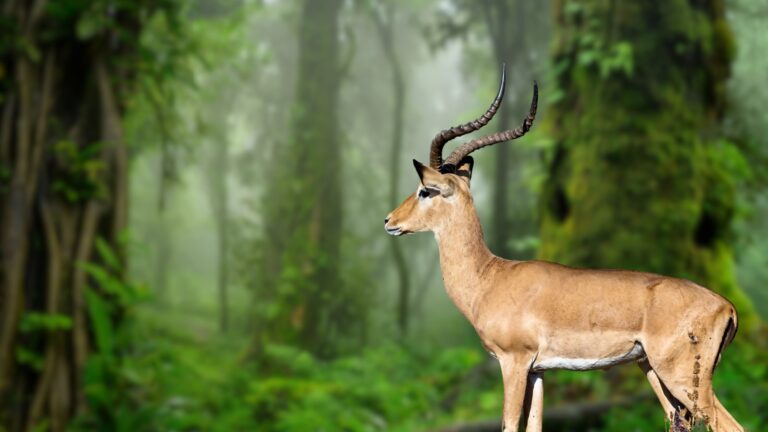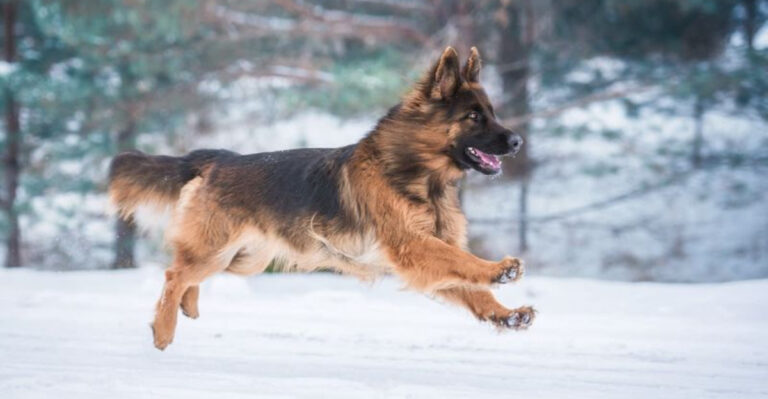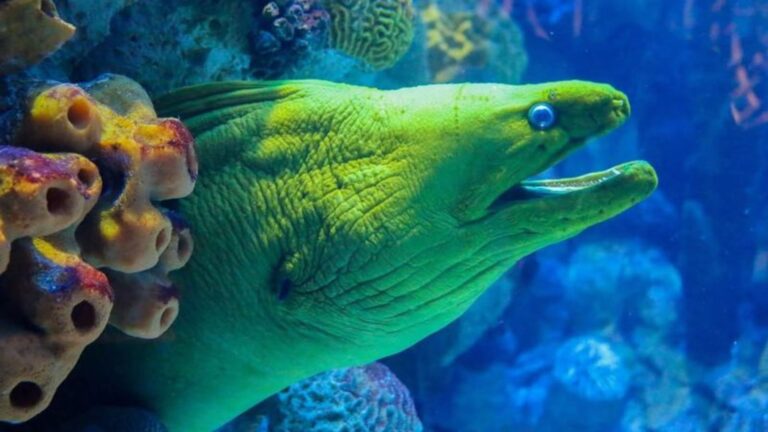15 Snakes You Do Not Want To See In Your Yard

Finding a snake in your yard can turn a peaceful afternoon into a heart-stopping moment. While many snakes are harmless and even beneficial for controlling pests, others pose serious threats to humans and pets.
Knowing which slithery visitors spell trouble could save you from a dangerous encounter or even a trip to the emergency room.
1. Eastern Diamondback Rattlesnake

Lurking in the southeastern United States, this massive pit viper packs enough venom to kill several adults. Its distinctive diamond pattern and bone-chilling rattle serve as nature’s warning system.
Growing up to 8 feet long, it’s North America’s longest venomous snake. When threatened, it coils tightly, raises its head, and shakes its iconic rattle before striking with lightning speed.
2. King Cobra
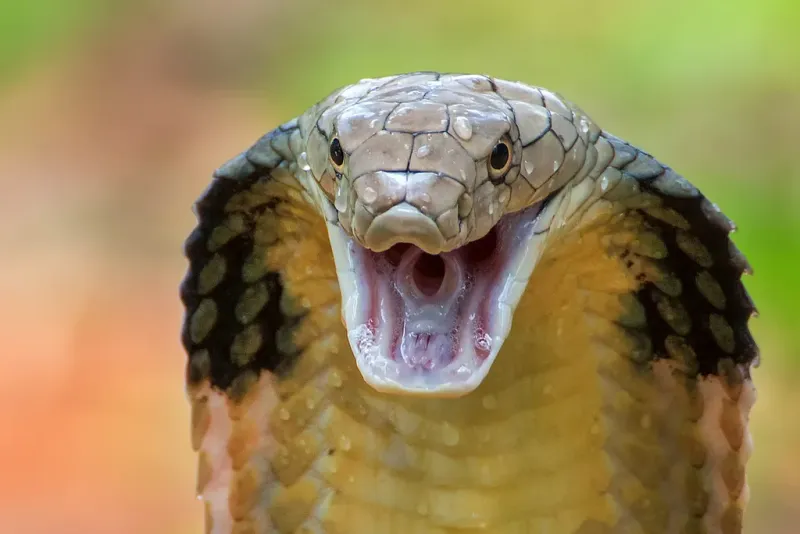
Capable of standing up to one-third of its length, this legendary serpent can look a grown person in the eye before delivering a potentially fatal bite. Not native to North America, but occasionally found in exotic pet collections gone wrong.
A single bite injects enough neurotoxin to kill 20 people. When threatened, it expands its iconic hood and emits a bone-chilling hiss that sounds almost like a growl.
3. Black Mamba
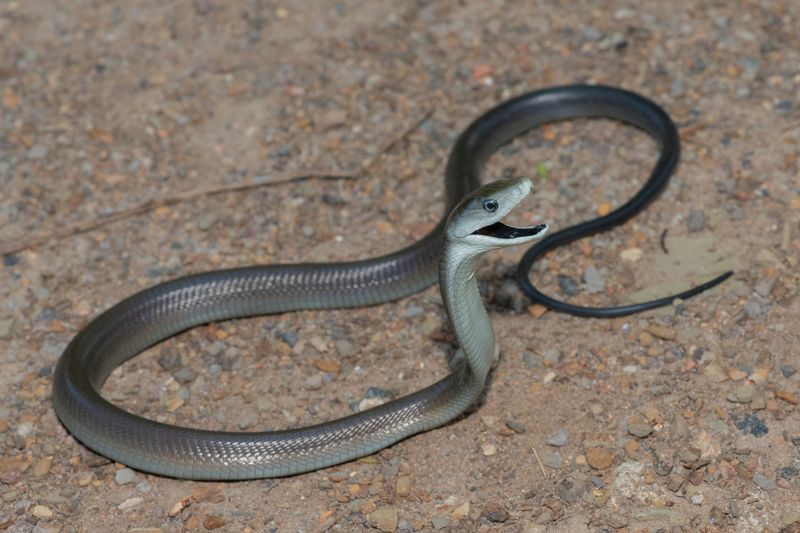
Speed demons of the snake world, these slender killers can slither at up to 12 mph—faster than you can run. Gray to olive in color (not black), they’re named for the inky black inside of their mouths.
Native to Africa but occasionally kept as illegal exotic pets. Without antivenom, their potent neurotoxic venom can cause death within 20 minutes, making them one of the world’s deadliest snakes.
4. Timber Rattlesnake

Revolutionary War soldiers created the “Don’t Tread On Me” flag inspired by this formidable woodland rattler. Its venom contains a toxic cocktail that destroys tissue and prevents blood from clotting.
Color patterns vary widely from yellow to black, but all sport the distinctive rattle. Typically shy, they prefer to avoid humans but won’t hesitate to defend themselves when cornered in your woodpile or garden.
5. Copperhead
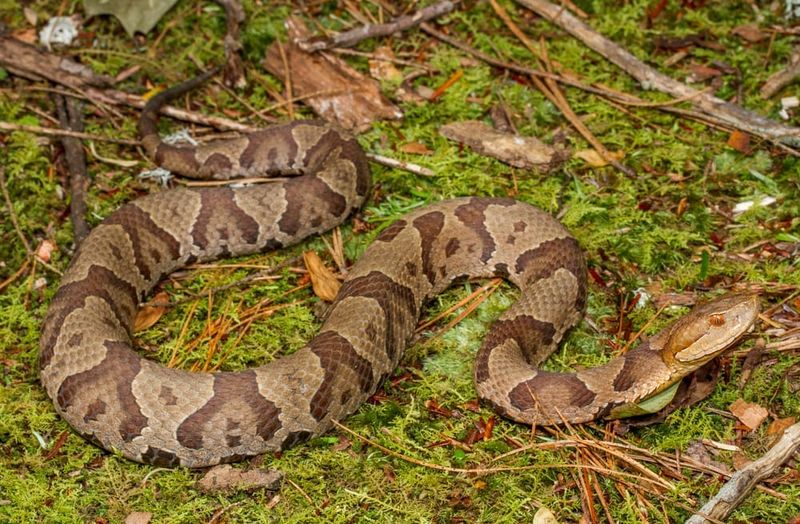
Masters of camouflage, these copper-topped ambush predators blend perfectly with fallen leaves and mulch. Unlike other venomous snakes, they give no warning before striking, making them particularly dangerous around homes.
Their hourglass-shaped crossbands on a pinkish-tan body make identification possible. While rarely fatal to adults, their painful bites can cause serious tissue damage and are especially dangerous to children and pets.
6. Cottonmouth (Water Moccasin)

Floating like partially submerged logs, these semi-aquatic vipers patrol waterways near homes with frightening confidence. When threatened, they display their namesake white mouth lining—a final warning before delivering a serious bite.
Unlike harmless water snakes, cottonmouths hold their heads above water at a 45-degree angle. They’re particularly concerning for homeowners with ponds, pools, or property near water sources.
7. Russell’s Viper
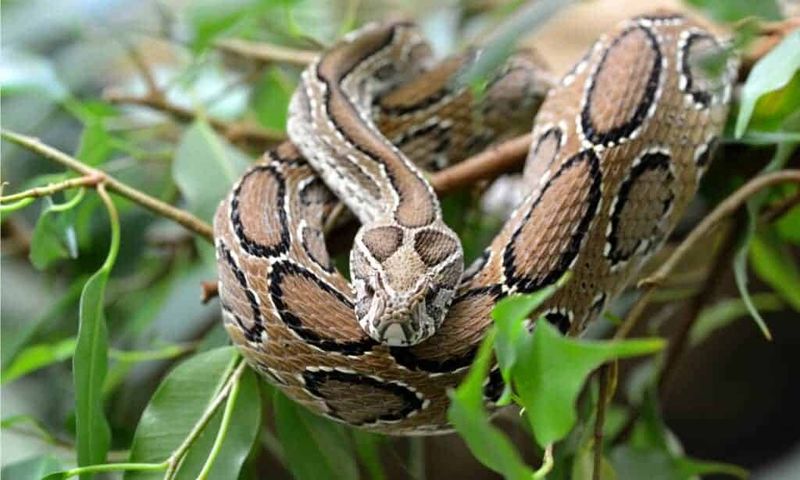
Responsible for more human deaths than any other snake in some regions, this heavy-bodied assassin causes horrific symptoms beyond imagination. Victims may experience bleeding from the gums, blood in urine, and even pituitary gland failure years after recovery.
Found primarily in Asia but occasionally in exotic collections. Their beautiful chain-like pattern belies their deadly nature, making them dangerously attractive to amateur collectors.
8. Coral Snake
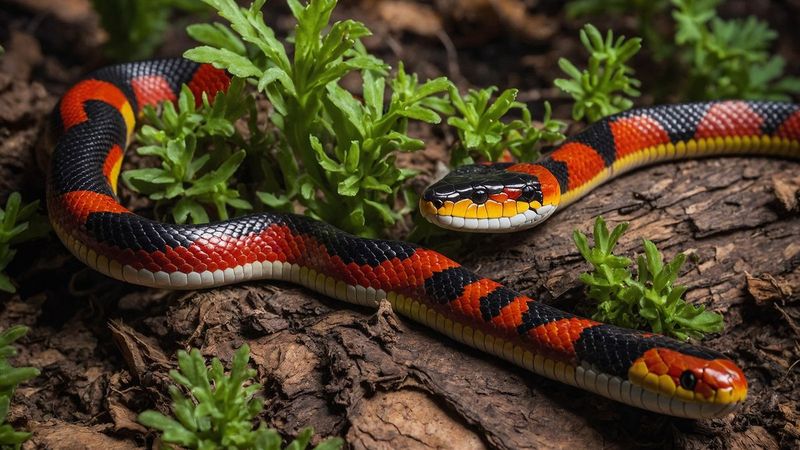
Bright red, yellow and black bands make this elapid relative of cobras look almost toy-like. Remember the rhyme: “Red touch yellow, kill a fellow” to distinguish it from harmless mimics.
Unlike pit vipers, coral snakes have small fangs and must chew to deliver venom. Their neurotoxic venom attacks the nervous system, potentially causing respiratory failure. They’re shy but dangerous when handled or accidentally stepped on.
9. Gaboon Viper

Armed with the longest fangs of any snake (up to 2 inches), these ambush predators deliver more venom in a single bite than almost any other snake. Their leaf-like pattern creates perfect camouflage in garden debris.
Primarily African, but kept by some exotic collectors. Their massive triangular heads house venom glands the size of tangerines. Despite their size and deadly potential, they’re surprisingly quiet and rarely noticed until it’s too late.
10. Fer-de-Lance
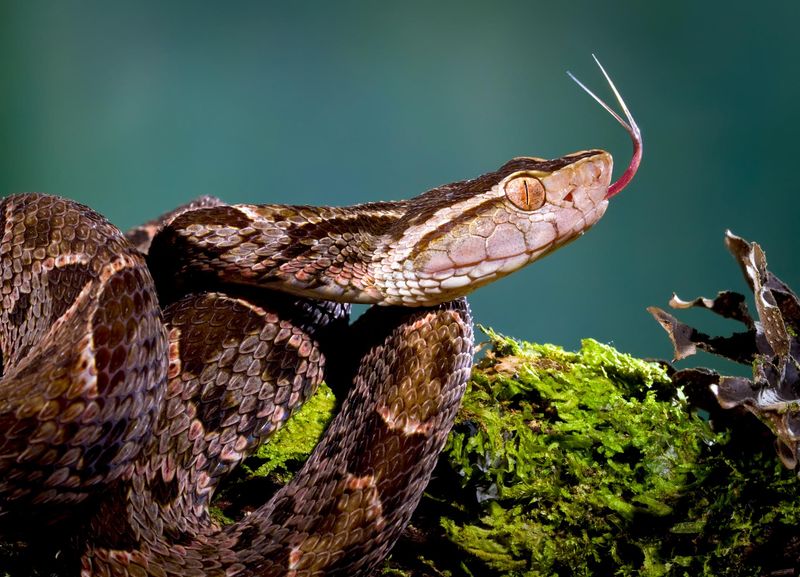
Farmers in Central and South America fear few things more than encountering this ill-tempered pit viper in their fields. Aggressive when disturbed, they’re responsible for more snakebite deaths in their range than any other species.
Occasionally found in Florida through illegal releases. Their name means “spearhead” in French, describing their distinctive shaped head. They’re particularly dangerous because they stand their ground rather than fleeing when humans approach.
11. Bushmaster

Reaching lengths of over 10 feet, these rainforest giants are the longest venomous snakes in the Americas. Their massive size combined with highly toxic venom makes even a single bite potentially catastrophic.
Rare in captivity but occasionally kept illegally. Unlike many venomous snakes, bushmasters are known to stand their ground when threatened. Their cryptic coloration helps them vanish against forest floors and garden mulch alike.
12. Death Adder
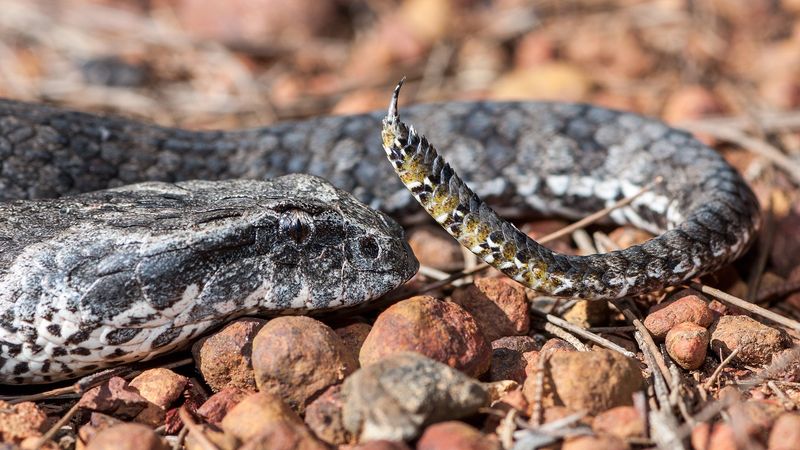
Perfectly evolved ambush predators, these Australian vipers can strike, inject venom, and return to striking position in less than 0.15 seconds. They don’t chase prey—they lure it by wiggling their worm-like tail as bait.
Though not native to North America, they appear in some exotic collections. Their stout bodies and triangular heads resemble vipers, though they’re actually elapids related to cobras. Without antivenom, their bites can cause paralysis and death.
13. Tiger Snake

Few sounds are more terrifying than the defensive hiss of a tiger snake as it flattens its neck like a mini-cobra. These Australian killers pack venom so potent it can cause paralysis within 30 minutes of a bite.
Named for their banded pattern resembling tiger stripes. Though not naturally found in North America, exotic pet escapees have been documented. Their aggressive defense posture and readiness to strike make any encounter potentially life-threatening.
14. Saw-Scaled Viper
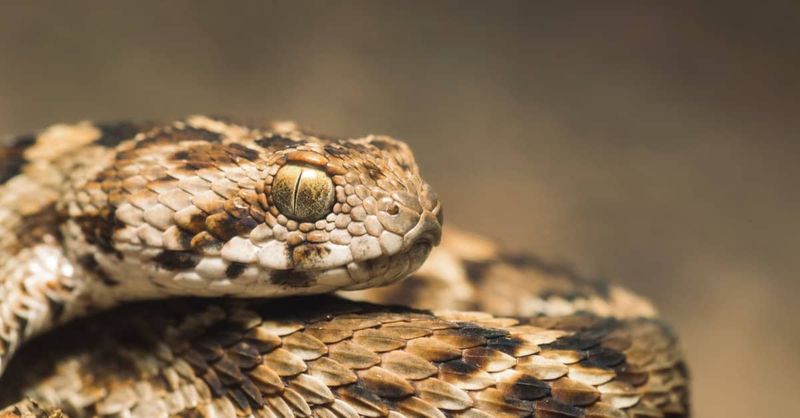
Tiny but terrible, these Middle Eastern vipers create a unique rasping sound by rubbing their scales together as a warning. Despite their small size (rarely exceeding 2 feet), they’re considered one of the world’s deadliest snakes.
Their hemotoxic venom causes catastrophic bleeding throughout the body. What makes them particularly dangerous is their excitable nature—they strike with little provocation and inject a surprisingly large venom dose for their size.
15. Inland Taipan
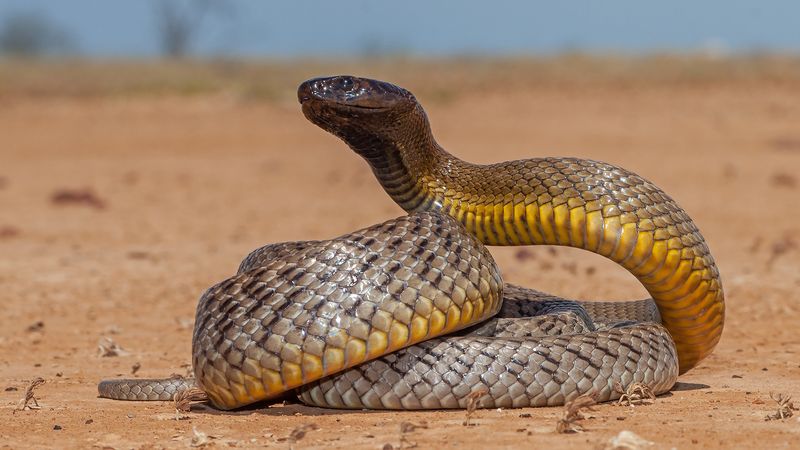
Drop for drop, no snake delivers more lethal venom than this Australian nightmare. A single bite contains enough toxin to kill 100 adult humans, attacking the nervous system, blood, and muscles simultaneously.
Known as the “fierce snake” by Aboriginal peoples. Though shy and rarely encountered by humans in the wild, illegal exotic specimens have been confiscated in the U.S. Their unremarkable brown coloration belies their status as the world’s most venomous land snake.


